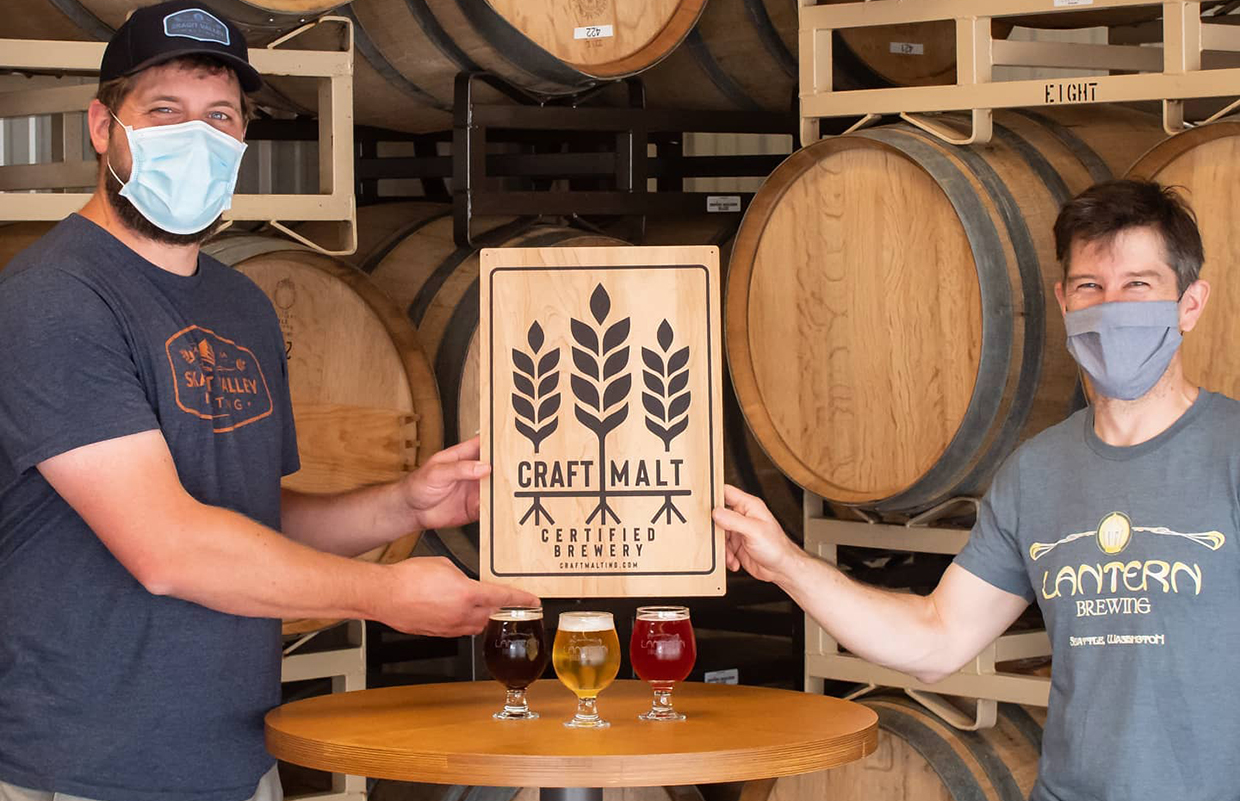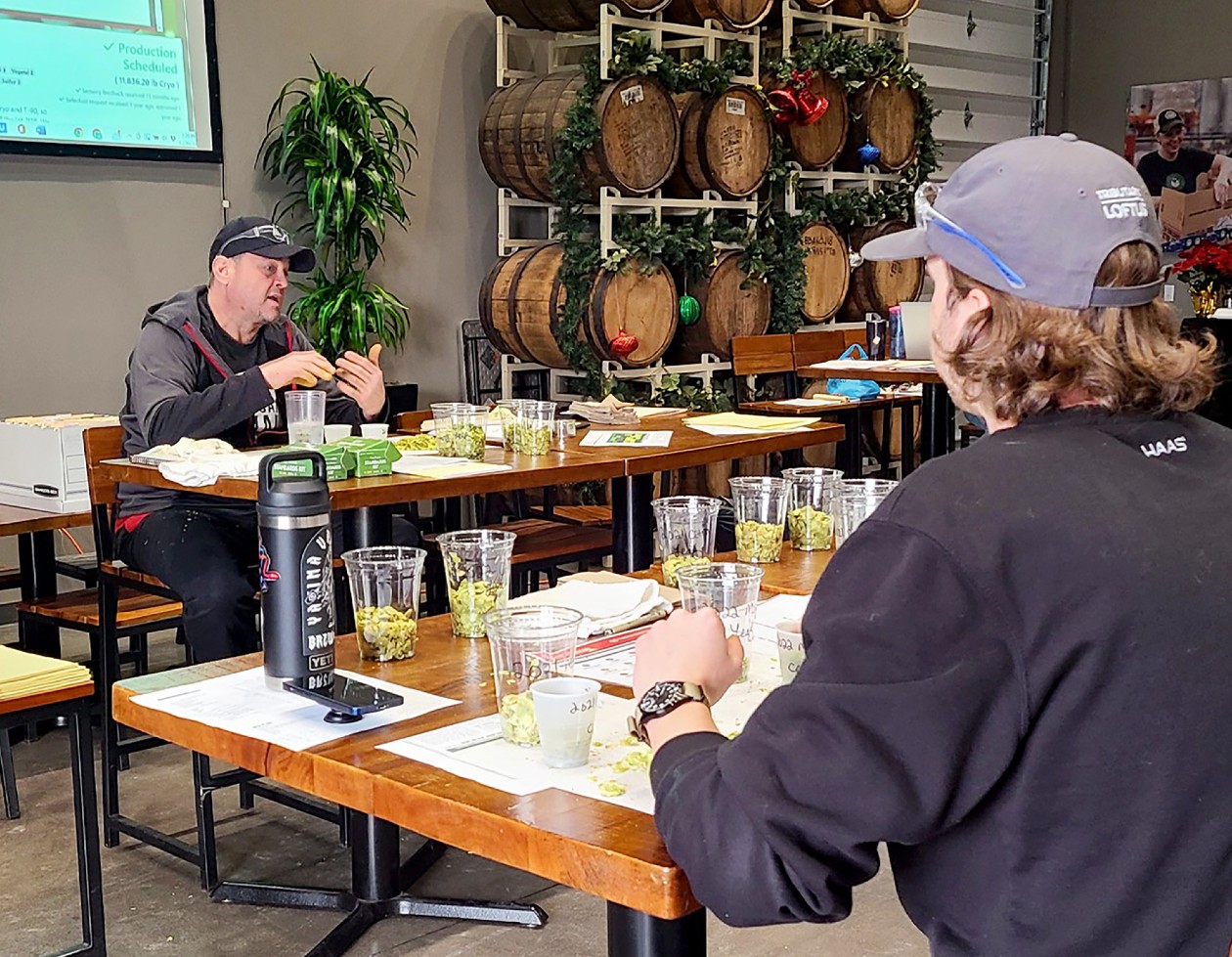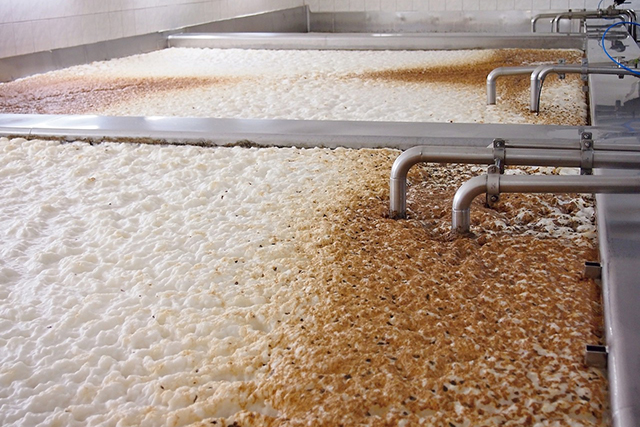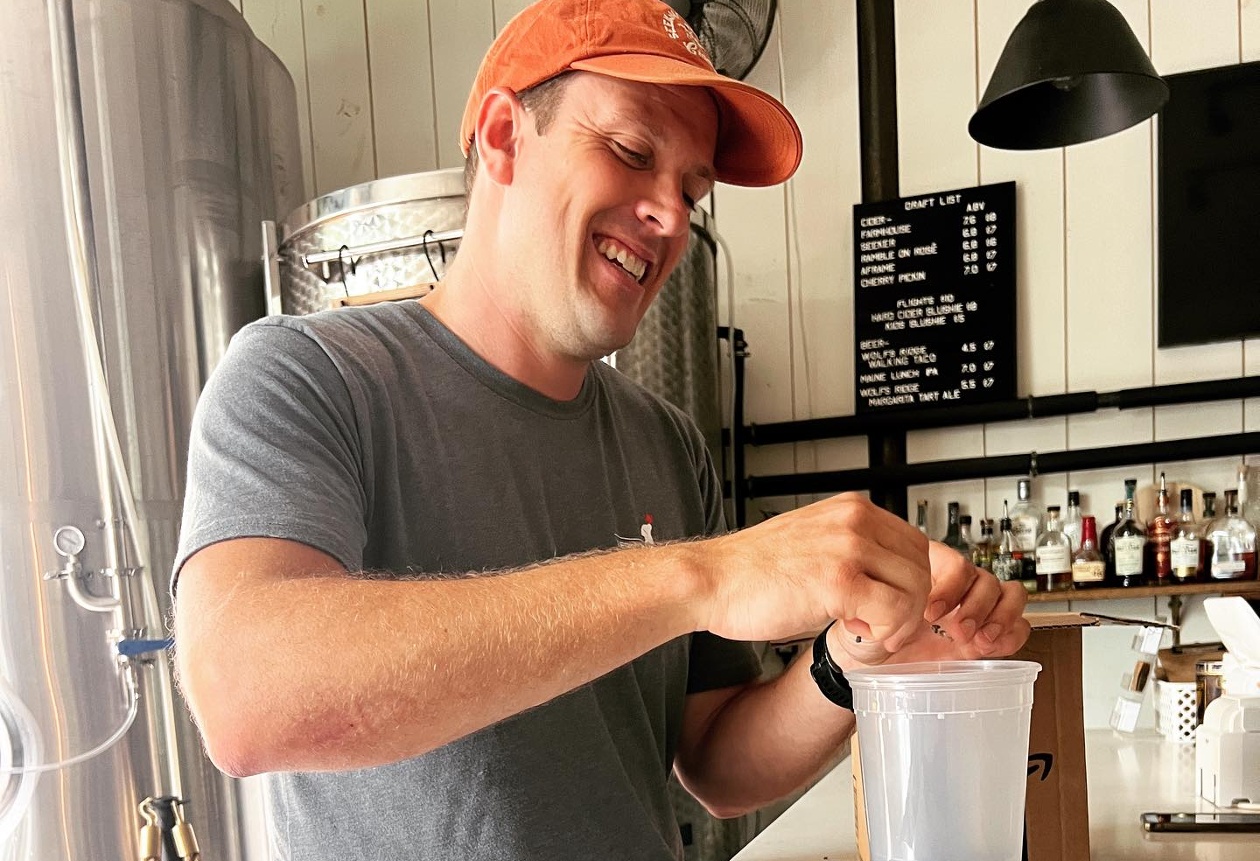
Chris Engdahl and Maureen Fabry are on different sides of the country but are in the same room when it comes to defining what craft beer is and can be.
It’s about focusing on local ingredients and sharing the taste of Washington at Lantern Brewing for Engdahl, while for Fabry it’s a taste of Massachusetts at CraftRoots Brewing.
“If you have 100 craft breweries … but you are all sourcing from, say, five [companies], just because it’s a better price? Yes. You’re doing your own thing, but you are all going to taste the same really, or it’s going to be pretty, pretty close,” Engdahl said. “But what’s really cool is that every single region is much different, with growing and climate. That’s what’s separating Massachusetts to Colorado, to Texas. It’s all going to be different.”
Speaking during the virtual Craft Malt Conference recently, Engdahl and Fabry shared their thoughts on using local companies in production.
“Every opportunity we have to talk about our beer, whether it be in print or whether it be in person, we’re highlighting that we’re using local grains,” Fabry said. “It’s on our website and our beer descriptions on the chalkboard in our taproom.”
Fabry said that she and her wife use “bar stool evangelism” where they will be talking with people as much as they can about where the grain is coming from and why that’s important.
“That’s what craft malt means,” she said. “We’re not packaging our beer in cans. So we don’t have a ton of real estate as far as getting the craft malt message in front of people. One thing that I think is so cool about this creative process and collaboration between brewers and maltsters, is that craft malty will often help us not just tell the story but educate our customers about beer styles as well.”
Fabry shared that earlier this winter, CraftRoots made two Lagers, a Pilsner and a Vienna Lager.
“We released the Pilsner, this beautiful bright, golden beer. Then a month later, this Amber Lager. People were very confused,” she said, which sparked conversations with consumers. “It was really a great way for us to utilize craft malt to demonstrate color and flavor and teach a little bit about beer styles, the major division between Ale and Lager styles.
“There’s a really nice synergy happening between conversations we can have, the beers we can brew and a malt we purchase that have a story and that have such a unique flavor. It’s our American Pilsner brewed with Maine Malt, here in Massachusetts with our hops. So it’s just super fulfilling to have that opportunity to have more of a teaching moment for us and it helps with the beer but it helps also on the malt side to highlight that it’s agriculture and the growing conditions and the farmers and people and that really is what community means. We toss that word around a lot, but a living example of how we really are this biosphere.”
Engdahl noted that even aging barrels in Texas versus a Massachusetts climate are totally different.
”It’s gonna be a totally different product,” he said. ”Same thing with grain. That’s what makes it key if you’re trying to say your craft and to your state. Well, you have to resemble what your state grows and produces you have to stay within those boundaries, in my mind, to even consider yourself craft.
“We are shaping our supply chain to focus more and more on craft malt suppliers and other smaller suppliers. And so my view is that to return the idea and the real tangible meaning of craft beverage back to the drinkers, you have to root it in something that is more than just small. More than just independent. It’s got to be rooted in something authentic, that’s honest, that’s truthful and tangible. And so for me, that begins (with) and is rooted in the use of craft malt.”






Be the first to comment